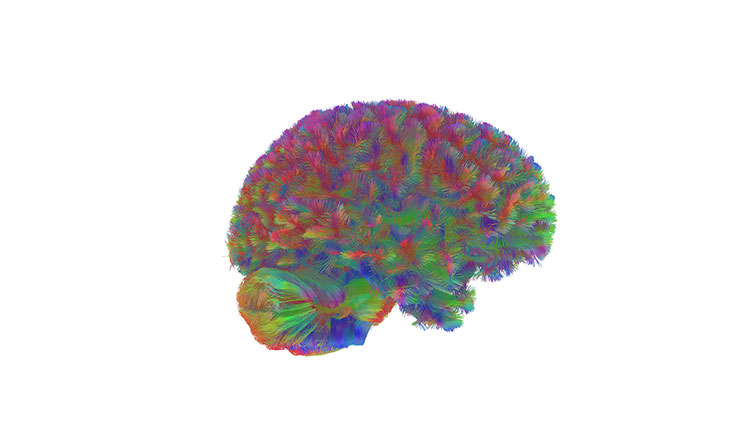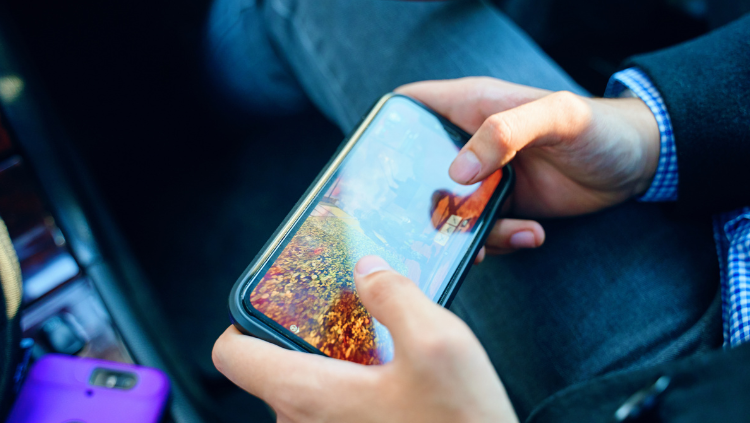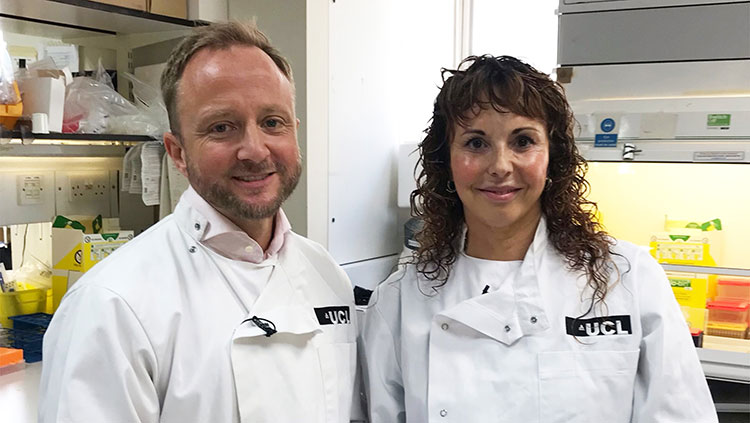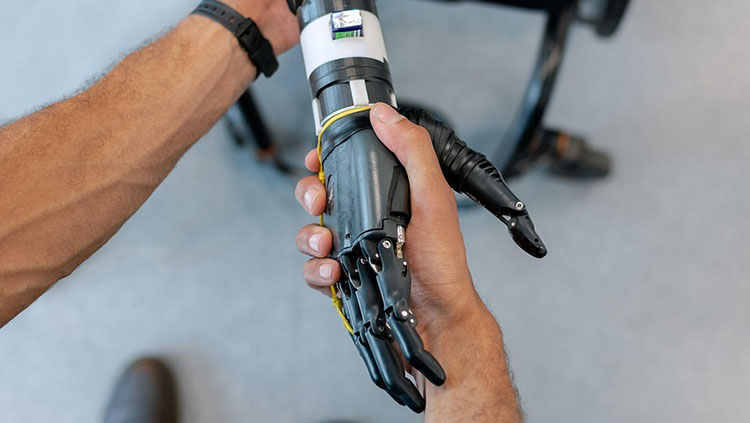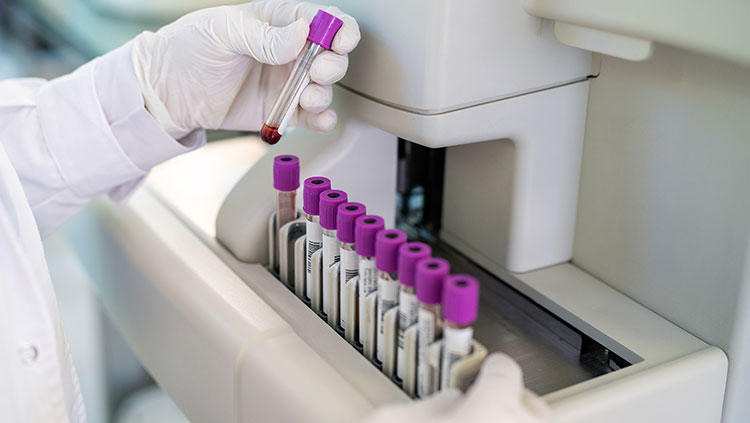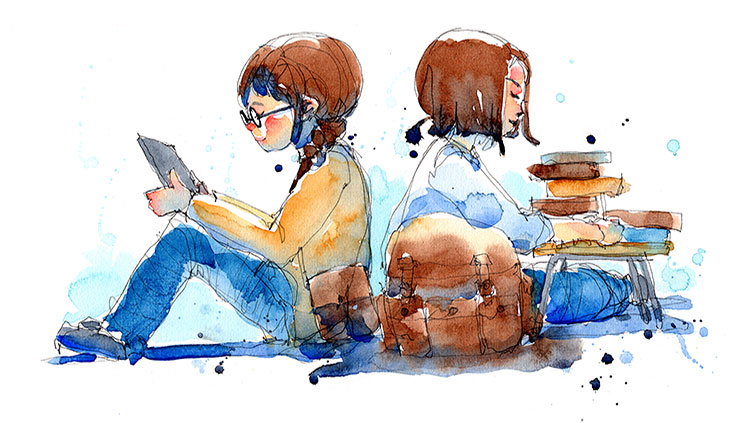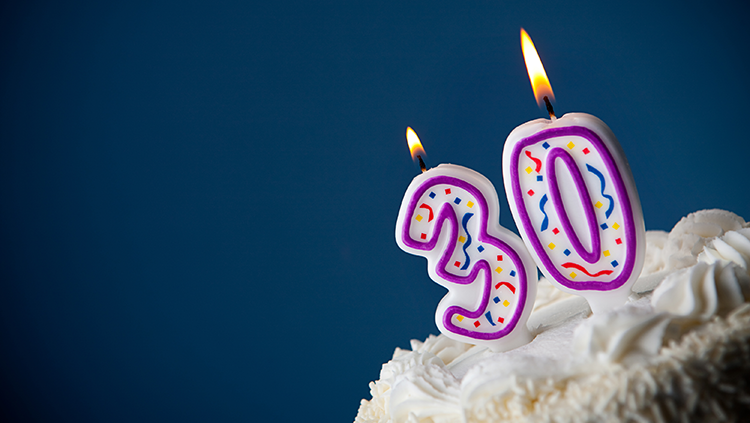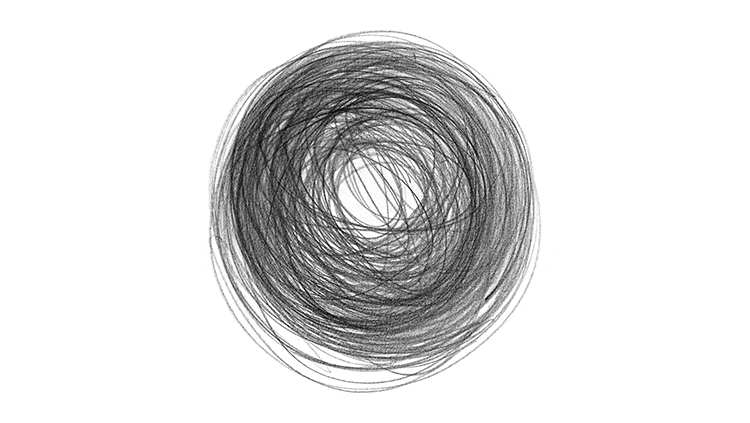ICYMI: Seeing Sick People Can Trigger Our Brain’s Immune Response
- Published14 Aug 2025
- Author Bella Isaacs-Thomas
- Source BrainFacts/SfN
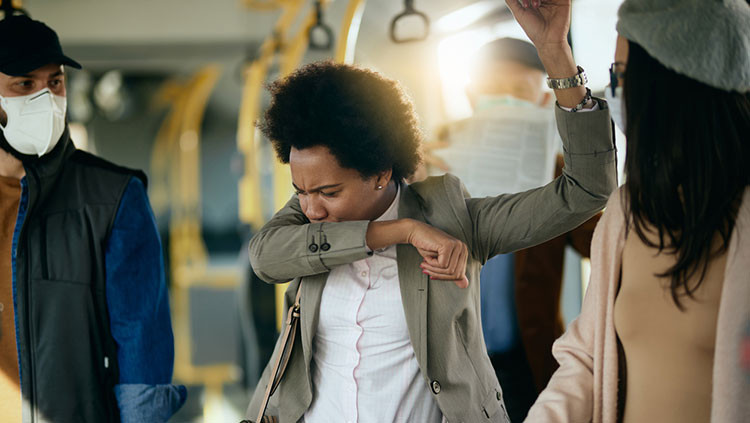
Seeing people exhibiting signs of illness may prompt our brains to kickstart an important immune response, according to a new study published last month in Nature Neuroscience.
Participants looked at avatars of people with rashes, coughs, or other visual indicators of sickness using virtual reality headsets. At the same time, a separate device delivered a mild touch to their faces. This setup allowed researchers to observe their physiological responses while avoiding exposing them to any real pathogens. As those avatars approached volunteers in the virtual setting, certain brain regions associated with personal space and responding to significant external events demonstrated increased activity compared to trials displaying healthy-looking avatars with frightened or neutral facial expressions. Those who were shown sick-looking avatars also appeared to be more alert than their counterparts, having quicker reactions to being touched.
Blood tests also showed an increase in activity among innate lymphoid cells, which are some of the first bodily responses to kick in when we’re exposed to potential causes of disease. The scientists compared those tests to ones taken from people who had just received a flu vaccine and found their activity level was similar. These findings suggest our immune systems can snap into action not only when they detect an active threat internally, but when our brains anticipate potential exposure based on analysis of our external environment.
Big Picture: The participants in this study were mostly young adults, and it’s not yet clear whether these results could be replicated in a more diverse set of participants, according to Science News. The researchers involved in this study are also still examining whether any type of immune response could kick in for hours or even days after laying eyes on the sick avatars. But they say their work so far suggests virtual reality may serve as a type of immune-boosting tool people could use after getting vaccines to increase their efficacy.
Read More: Seeing sick faces may prime the immune system to repel invaders. Science News
More Top Stories
- Subtle differences in brain activity as people wake up during a REM versus non-REM stage of sleep could influence their level of morning grogginess. Nature
- Compared to other organs, the brain’s biological age is a strong predictor of an individual’s health outcomes. BBC Science Focus
- Two cancer drugs have been identified to assess whether they could potentially reduce Alzheimer’s risk, according to a new study. NBC News
- Optimists share comparable brain activity patterns when imagining future life events, according to MRI scans of their brains. The Guardian
- A group of scientists created a tiny, comprehensive model of the developing human brain using organoids, or small neuronal cell bundles, representing multiple brain regions. Popular Science
- Octopuses can be tricked into perceiving a fake tentacle as one of their own — the first time this phenomenon was documented beyond mammals. Science Magazine
- Recalling the thoughts and feelings experienced at the moment of learning new information may help us retrieve fading memories. Live Science
- Researchers separated autism into four new subtypes to better study genetic variation among children with the disorder. Scientific American
CONTENT PROVIDED BY
BrainFacts/SfN
References
What to Read Next
Also In Neuroscience in the News
Trending
Popular articles on BrainFacts.org


.jpg)
.jpg)
